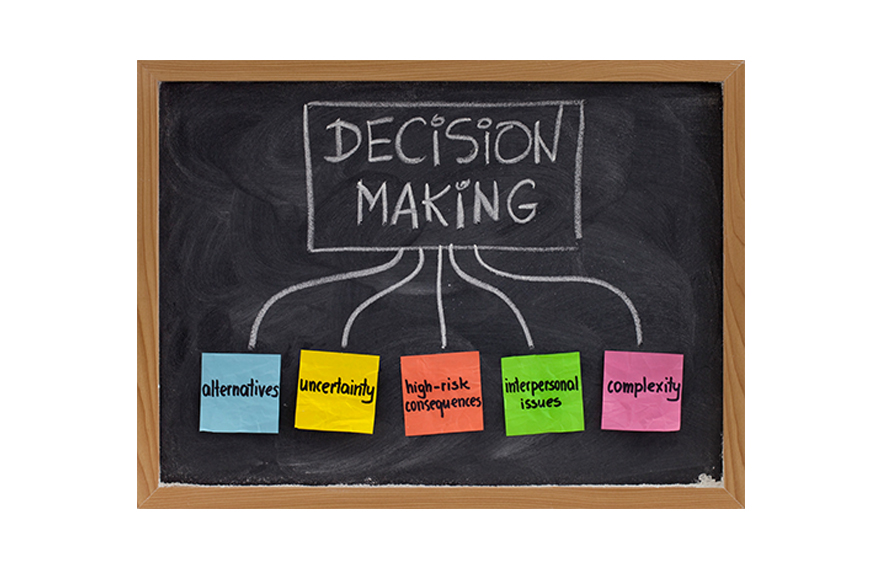Business management programs are designed around logic, reason and sharpening of the intellect. As students at this prestigious institute, I am confident you will rise up amazingly well to the challenge, and soak up enough knowledge in your two years here. At the end of it, you will be well schooled in the principles of advanced logical decision making.
Experience however teaches us that logical thinking alone is not sufficient to become successful managers. The stories we celebrate about successful people talk less about the content of their work and more about character and personality. While skills and capability are a necessary foundation to build careers on, the finest managers, and indeed some of our best leaders, have achieved mastery over the emotions that shape their decision making.
How can all of you as students use these wonderful, formative years to consciously develop the emotional side of your decision making? Here is a four point framework I lean on to build emotional resilience. These are my personal learnings over two decades from when I started out as an eager student of management, just as you are today.
In your interactions with peers, faculty and the external world, be mindful of how emotions are shaping your decisions. Become aware of your emotions and define a baseline. Ask yourself a few questions: What kind of a person am I? Do I get visibly agitated when I deal with conflict? Am I open to feedback? How do I deal with criticism? Based on your answers, define your baseline: how you normally react to situations, both tough and easy ones. When you are aware of your baseline, it becomes easy to assess your emotions and how your react.
Delay decision making when you are emotionally away from the baseline. Decisions taken when we’re away from the baseline—when we are angry, for instance–are the ones we often regret. Buy time when you find yourself in these situations. If you have a critical meeting with someone who repeatedly “pushes your buttons the wrong way”, you know you are entering that conversation away from your baseline. Take time to ponder and get back to your baseline before you decide. You might well achieve your goal faster.
Thirdly, reflect. Set apart some time, daily if possible, when you evaluate decisions you have made and how you could have done things even a little bit better. We are so busy in our daily schedules that we don’t really spend time with ourselves, understanding our decisions, reactions and their outcomes. If you can, find a mentor or someone whose opinion you trust. They can give you with the unbiased evaluation you need to help you do better.
Lastly and most importantly, focus on your response to the problem, and not the environment. Do not fret over something which is beyond your control. Even Warren Buffett could have done little to protect his investments during the 2009 financial crisis. What he could do however, was to place the right bets during and in the aftermath of the crash, to pick out winners. It is what you could call “control the controllables”.
Pramad Jandhyala, Co-founder of LatentView Analytics addressed the MBA batch of IIM Calcutta at their orientation ceremony. The above blog post is based on her interaction with the students.




